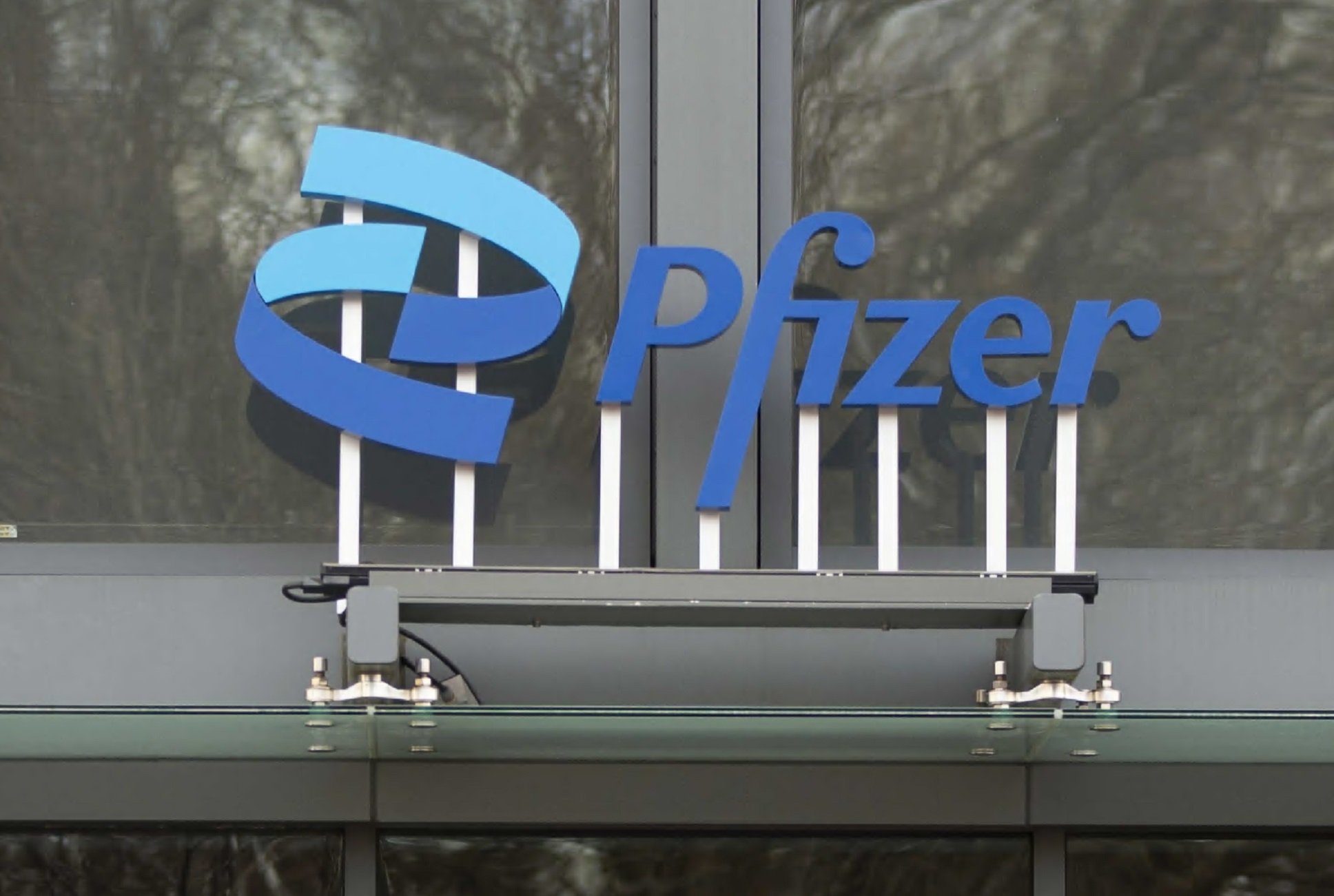Anti Covid pills: costs and revenues of Merck and Pfizer

Report did the math in the pockets of Merck and Pfizer on how much they earn from the sale of anti Covid pills to the states, in what is practically a duopoly. Here's what he found
In the panorama of drugs available to treat Covid , antivirals represent a beacon to get out of the pandemic as soon as possible. The pills from Merck and Pfizer, respectively Molnupiravir and Paxlovid, however, will not be there for everyone and the pharmaceutical companies aim to maximize revenues.
Here are the figures calculated by Report which aired yesterday on Rai 3 .
HOW MUCH DOES PFIZER EARN?
The financial journalist Fabio Pavesi, for years at Sole 24 Ore , explained to Report how much revenue will be for Pfizer from the sale of its anti Covid Paxlovid pill: "We think that [each treatment, ed .] Is sold in the United States for $ 530, there is an agreement with the European Union to sell it for 350, we give an average price of 400. Well, out of the 80 million doses that will be distributed on the market, we estimate 32 billion in additional revenues ”.
To the question "can you also estimate how much the profits will be?", Pavesi replies: "In the next two years about 10-12 billion net profits on an investment of only 1 billion".
The real costs of manufacturing the antivirals have never been revealed.
HOW MUCH DOES IT COST?
To sell them at such an expensive price, one could imagine that their production has exorbitant costs, but the Harvard researcher, Melissa Barber, who for years has developed an algorithm capable of calculating the real production costs, told Report that, applying it to Molnupiravir, he found that "the cost of production is about $ 20 per treatment, possibly less."
All inclusive. With even a 10% profit margin for the company.
Compared to the United States, which bought it for about $ 700 per treatment, Barber explained: “It works like this, if you have a monopoly you can decide the price you want”.
"The formula – explained the researcher – takes into consideration the price of raw materials, the workforce, production costs, all the variables that determine the actual cost for the company".
As for Paxlovid, he added: "The data is not yet available, but I can guarantee you that it will cost more or less the same."
Pfizer will produce 120 million treatments in 2022.
HOW MANY PILLS HAS ITALY PURCHASED?
In Italy, Merck pills have already arrived and been distributed and, as of January 20, according to Aifa data , the patients to have been treated with this antiviral were 1,662.
Molnupiravir is only 30% effective, which is why more hopes are placed on Paxlovid which is 89% effective against severe disease.
Of Pfizer's drug, also produced in the pharmaceutical company's plant in Ascoli Piceno, Italy has purchased 600,000 treatments (the United States 20 million) to be received in 2022. Unlike vaccines, purchased by the European Union and then distributed in the various Member States, each country is dealing with its own supply of antivirals.
The distribution in our country of the first tranche equal to 11,200 treatments, Ansa informs , will take place in the first week of February and will be sent to the Regions according to the indications of the Ministry of Health and Aifa. The further treatments provided for in the contract will flow later.
RISKS
Once arrived in Italy, the treatments could, however, encounter the same difficulties that led to the expiration – and therefore to the waste – of monoclonals . To be effective, antivirals must be administered within 5 days of the onset of symptoms but, Report recalls, this is a limit that clashes with reality. Often, in fact, in some regions it is even necessary to wait between 6 and 8 days to get the result of positivity.
Furthermore, a simple prescription from the general practitioner is not enough. Filippo Drago, professor of pharmacology at the University of Catania, told the broadcast: "The identification of the patient eligible for treatment is in the hands of the general practitioner, who directs the patient to the hospital in the infectious disease department" . Then, it is then the hospital ward "to confirm the diagnosis and to prescribe the drug that is dispensed by the hospital pharmacy".
"Aifa – concluded Drago – could have done a little more by giving general practitioners the responsibility of prescribing this drug".
This is a machine translation from Italian language of a post published on Start Magazine at the URL https://www.startmag.it/sanita/pillole-anti-covid-costi-e-ricavi-di-merck-e-pfizer/ on Tue, 01 Feb 2022 13:13:41 +0000.
